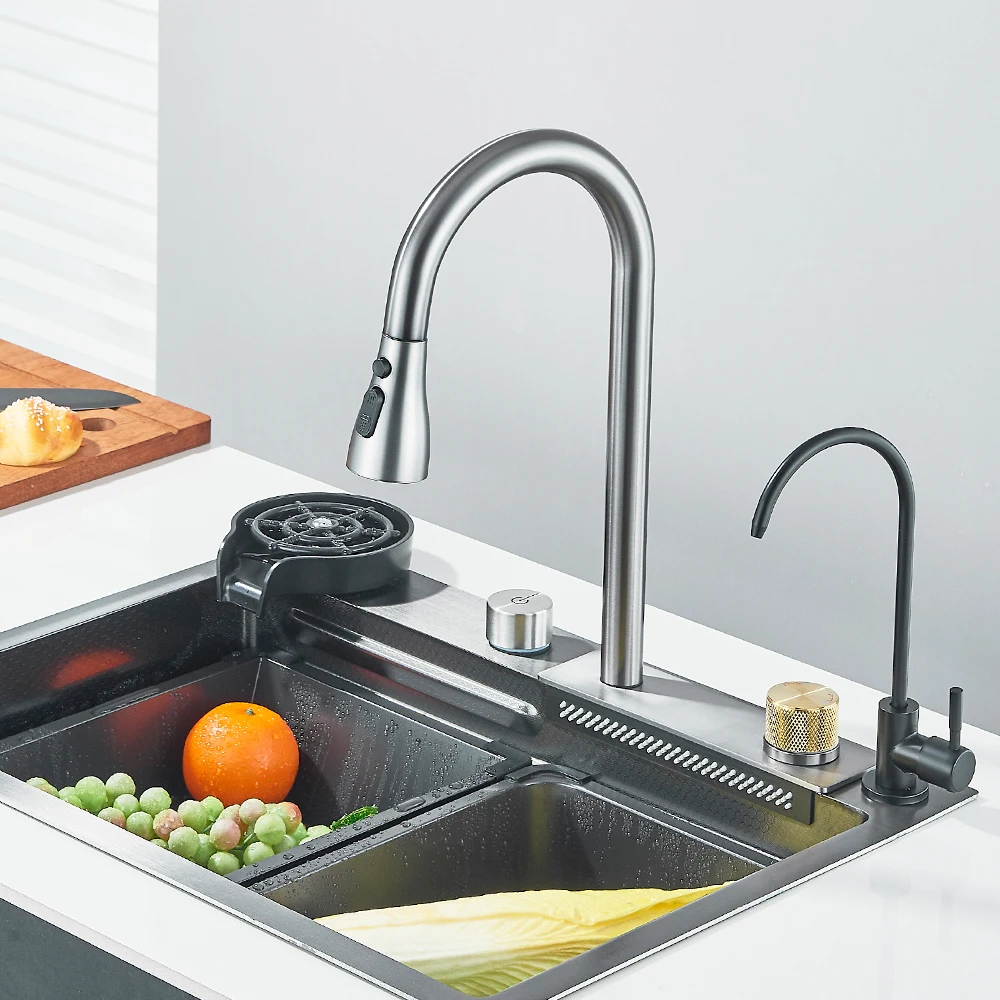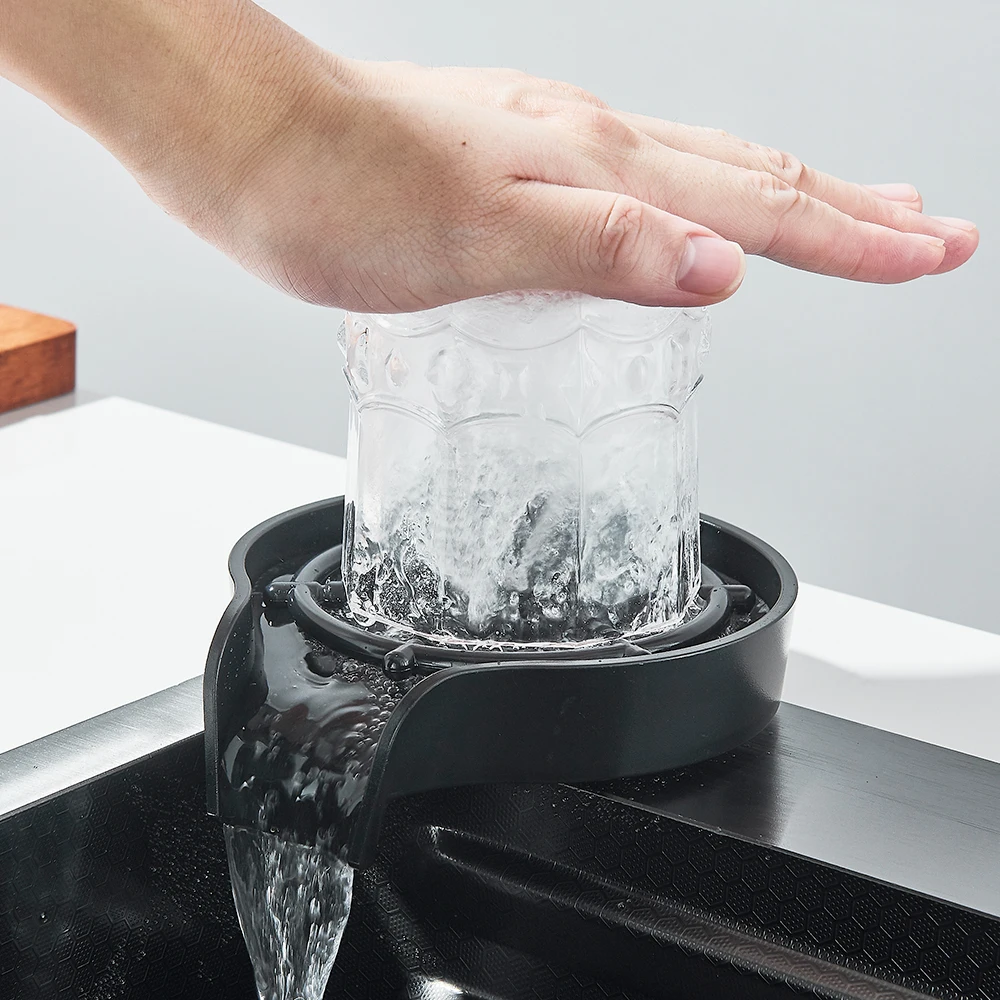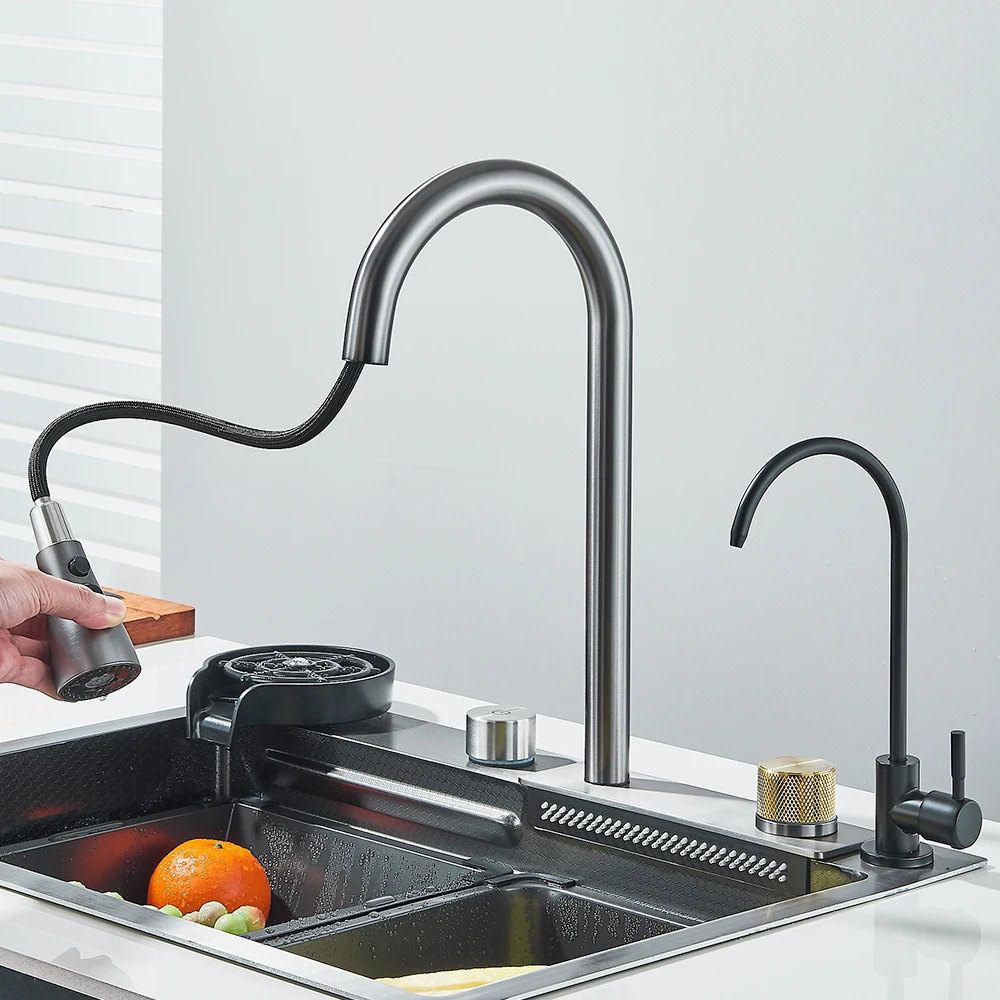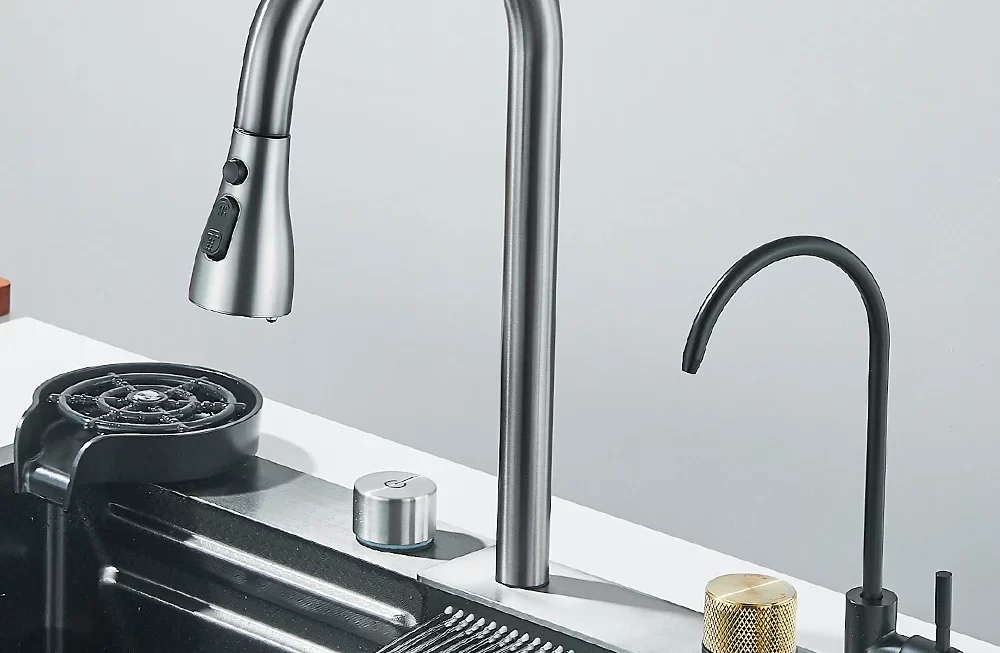Preparation for Sink Removal
Before diving into the task of removing your kitchen sink, appropriate preparation is vital. This preparation phase includes a thorough evaluation of your workspace and gathering all necessary tools and materials for the removal process. Ensure the workspace is clear of any dishes, cleaning supplies, or other objects that could hinder access to the sink. Turn off all appliances and clear the area under the sink to gain unfettered access to the plumbing. This step prevents any accidental damage and makes the process smoother and safer. By preparing effectively, you minimize the risk of unexpected issues and make the subsequent steps of how to remove a kitchen sink more manageable.

Tools and Materials Needed
To begin the process of how to remove a kitchen sink, you must gather the right tools and materials. Doing this ensures a smooth removal and prepares you for any potential hiccups. Here are the essentials you’ll need:
- Adjustable wrench: For loosening and tightening plumbing connections.
- Putty knife: To scrape off old sealant around the sink’s edges.
- Bucket: To catch any residual water in the pipes while disconnecting the plumbing.
- Rags or towels: Handy for cleaning up spills or drying off components.
- Plumbing tape: For securing threads on pipe connections, if necessary.
- Screwdriver or sink clip removal tool: To remove the sink clips or fasteners.
- Utility knife: To cut through the sealant or caulk holding the sink.
- Safety glasses: To protect your eyes from debris and spills.
- Gloves: To shield your hands during removal tasks.
Before starting, lay out all your tools and materials. This creates an organized workspace. Double-check that the main water supply is off. Now you’re set to continue with how to remove a kitchen sink, moving on to the next steps safely.
Shutting Off the Water Supply
Turning off the water supply is crucial before you start removing your kitchen sink. This step prevents potential flooding and minimizes water waste. Follow these steps to shut off the water supply effectively:
- Locate the Main Water Valve: Typically, the main water valve is in your basement or outside your house. This valve controls the water flow to your entire home.
- Turn Off the Valve: Rotate the valve handle clockwise until it stops. This action should stop all water flow.
- Test the Faucets: Open the kitchen faucet to ensure no water comes out. This confirms the water supply is indeed cut off.
- Clear the Pipes: Let the remaining water in the pipes drain out by keeping the faucet open for a few minutes.
By ensuring the water supply to your kitchen is cut off, you’re ready to safely proceed with how to remove a kitchen sink. Moving forward without water will make the job cleaner and prevent accidental water damage.

Disconnecting the Plumbing
After ensuring that the water supply is off, you’re ready to disconnect the plumbing. This key step demands careful attention to prevent damage to your plumbing system. This is how to remove a kitchen sink by disconnecting the plumbing step by step:
- Position the Bucket: Place a bucket under the sink’s P-trap. This catches drips from residual water.
- Detach the Water Lines: Use the adjustable wrench to loosen the nuts connecting the water lines to the sink’s faucets. Gently detach them, allowing any water to drain into the bucket.
- Unscrew the P-Trap: The P-trap is the curved pipe under the sink. Use the wrench to loosen the slip nuts and carefully remove the P-trap. Clear out water and debris.
- Remove the Garbage Disposal (if present): For sinks with a garbage disposal, unplug and remove it according to the manufacturer’s directions. Use the screwdriver to loosen any mounting hardware.
- Disconnect Remaining Fittings: Check for any additional fittings or hoses connected to the sink. Disconnect these with the wrench, taking care not to strip any threads.
Following these steps will help you disconnect the plumbing with minimal fuss. Go slowly and handle the parts gently to avoid any mishaps. With the plumbing disconnected, you’re one step closer to removing the kitchen sink completely.
Removing the Sink Clips or Fasteners
Once you’ve successfully disconnected the plumbing, the next step in how to remove a kitchen sink is to tackle the sink clips or fasteners. These are the mechanisms that secure the sink to the countertop. Follow this straightforward process:

- Locate the Clips or Fasteners: Look under the countertop around the sink’s perimeter to locate the clips or fasteners. There might be several, so ensure you find them all.
- Remove with the Appropriate Tool: Using a screwdriver or a sink clip removal tool, start loosening each clip or fastener. Turn counterclockwise and be patient; sometimes they can be tight.
- Keep the Clips Safe: As you remove each clip or fastener, place them in a secure spot. You may need them if you plan to reuse the sink or install a new one of similar design.
With careful attention and the right tools, removing the sink clips or fasteners should be a smooth process, bringing you closer to having the old kitchen sink out and ready for what comes next.
Cutting the Sealant and Lifting the Sink Out
After removing the sink clips or fasteners, the next task is to cut the sealant holding the sink. Use your utility knife to slice through the caulk or sealant around the sink edges. Be thorough and careful to ensure you don’t scratch the countertop. Start at one corner and make your way around the sink. With the sealant cut, you’re ready to lift the sink. Place your hands under the sink and apply upward pressure evenly. If the sink feels stuck, double-check to see if any areas of sealant remain uncut. Once loose, lift the sink up and out of the countertop. Ensure you have a spot set aside to place the old sink. This avoids any damage to your floor or surroundings. With the sink removed, you’ve completed a major step in how to remove a kitchen sink.
Cleaning the Area and Preparing for New Installation
With the old sink out, the next step in how to remove a kitchen sink involves cleaning the area. Here’s what to do:
- Scrape Off Excess Sealant: Use a putty knife to gently scrape any remaining sealant off the countertop surface.
- Wipe Down the Area: Clean the countertop with a damp rag or sponge to remove debris and dust.
- Check for Damage: Inspect the countertop for any damage that might need repair before installing a new sink.
- Measure the Opening: Ensure the opening corresponds to the size of the new sink to avoid issues during installation.
- Dry Fit the New Sink: If available, place the new sink into the opening to check for proper fit.
- Prepare Plumbing Connections: Clean and prepare the plumbing connections for the new sink installation. Apply plumbing tape if needed.
- Gather New Sink Install Materials: Make sure you have all the materials needed for the new sink installation, such as sealant and new fasteners.
By ensuring the work area is clean and prepared, the installation of your new kitchen sink will go smoother. Having everything ready also prevents delays, ensuring a more efficient installation process. After this, you can move on to installing your new sink with confidence that the foundation is set for a successful update to your kitchen.
Tips for Avoiding Common Sink Removal Mistakes
When learning how to remove a kitchen sink, common mistakes can occur. Here are tips to avoid them:
- Don’t Rush the Process: Take your time to ensure a safe and effective removal.
- Double-Check Water Supply: Confirm that the main valve is off to prevent water mishaps.
- Secure the Workspace: Keep tools and materials organized and within reach.
- Carefully Handle Plumbing: Gently disconnect fittings to avoid pipe damage.
- Thoroughly Cut Sealant: Ensure you cut all the way through to avoid damaging the countertop.
- Avoid Forcing the Sink: If stuck, check for missed areas of sealant rather than using brute force.
- Prepare for Weight: Know the weight of your sink and get help if needed to lift it out.
- Protect Surfaces: Lay down a blanket or cardboard to protect floors from scratches or dents.
By remembering these precautions, you improve your chances of a safe, uneventful sink removal.



